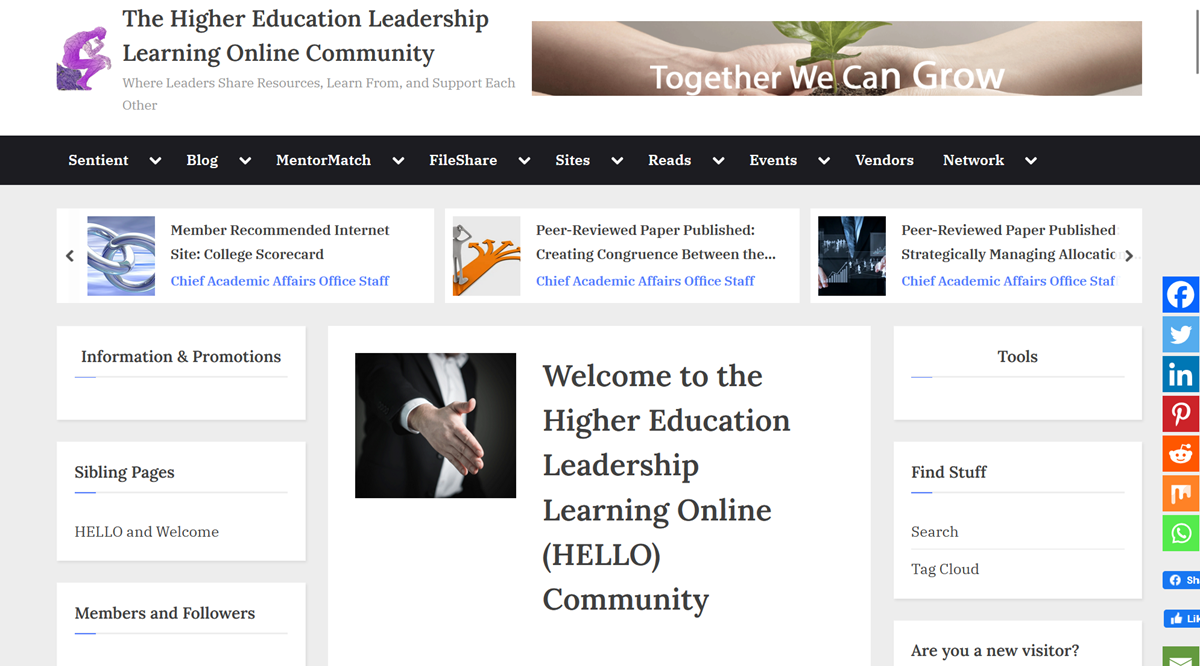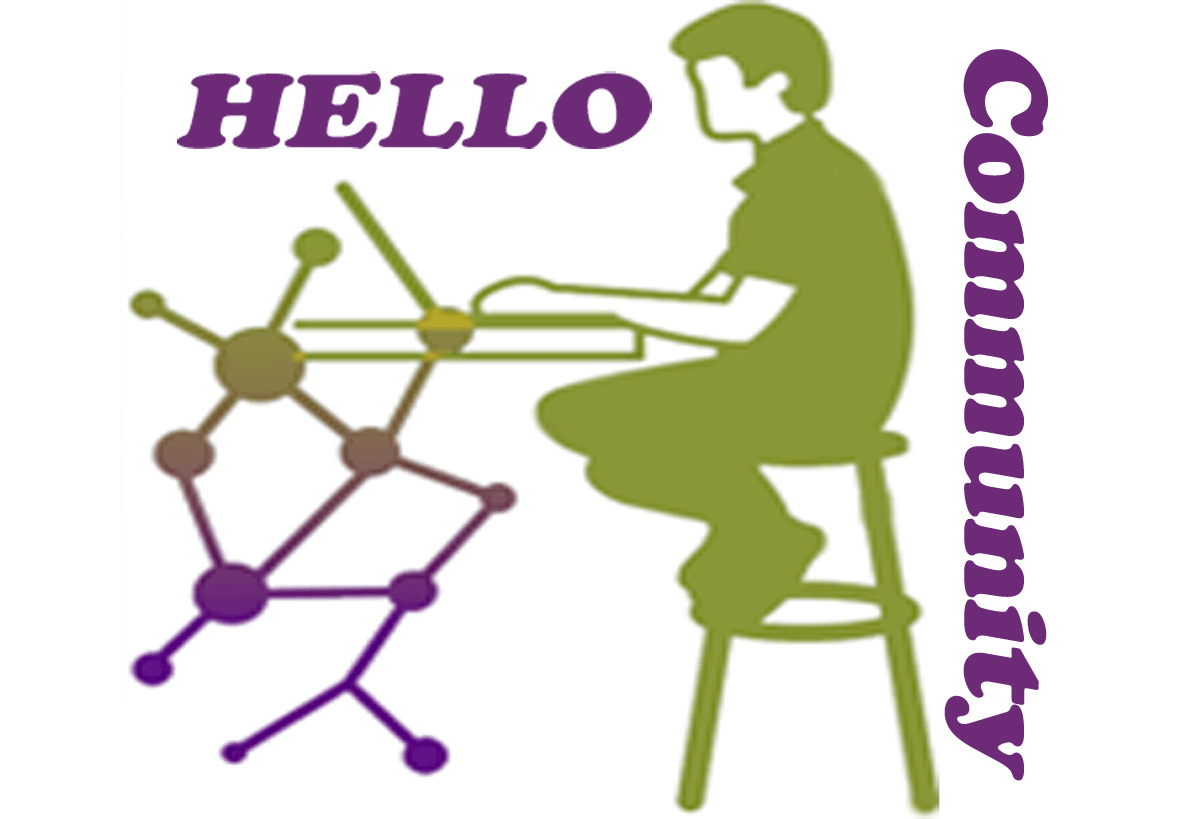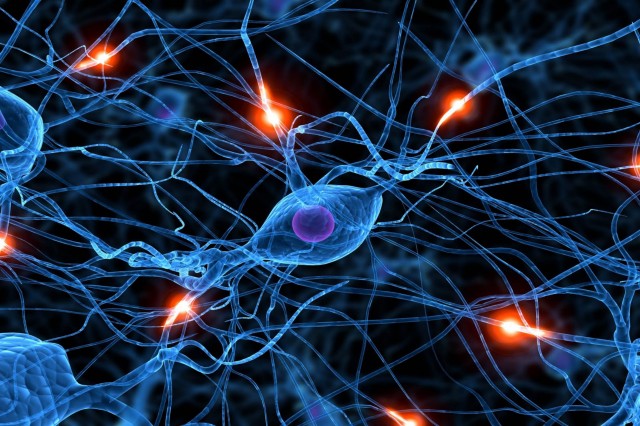Determining if the Students Learned what We Expected – Assessing Outcomes

To ensure that we are adding value in learning, and acting as a learning centric institution, we must be willing to determine if students are achieving our learning goals and outcomes – adjusting to improve success rates where possible. To accomplish this, we must convert our intuitive sense of accomplishment to explicit definitions and measures of learning. By studying this article and its linked resources, and by using the associated shared files, you will be able to:
• Define common terms used in the assessment of student learning.
• Define a useful scale to determine the student’s level of achievement of a learning outcome.
• Analyze and disaggregate tests, projects, papers, etc., and correlate their components with course learning outcomes.
• Evaluate the impact of course changes on learning outcome achievements.
• Explain the relationships between program learning outcomes, course learning outcomes, and course structure and progression.
• Calculate program learning outcome achievements from course learning outcome achievements or by using key assessments at points within the curriculum.
• Describe how learning outcomes can be assessed for programs such as General / Liberal Education, Honors, and for extracurricular learning.
• Compare and evaluate external tools for assessing general education learning outcomes.
• Formulate standards of success for a program, evaluate its status, and set goals.
• Describe the relationship between goals and outcomes, and how outcome assessment data could be used to analyze progress toward goal achievement at the department, college/school, and institutional levels.










